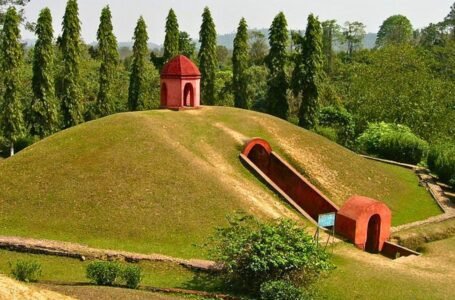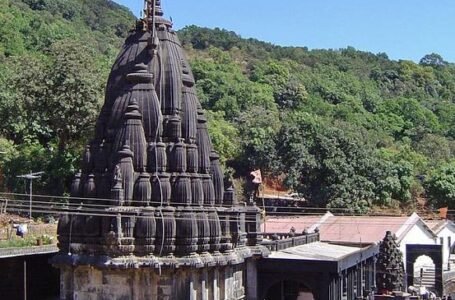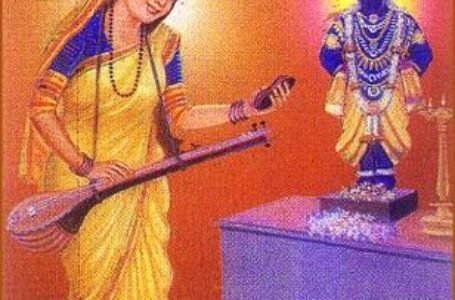PAINTINGS: As Traditional media forms of India
- Ancient history
 Niharika Das Balwani
Niharika Das Balwani- February 21, 2022
- 0
- 720
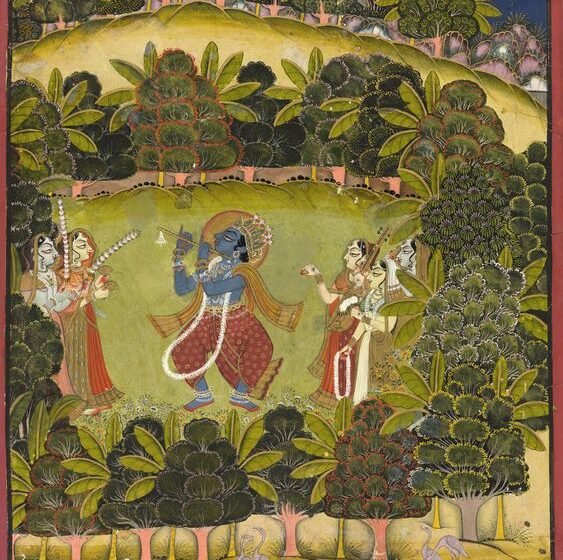
PAINTINGS
During the early days, India was known as “sone ki chidiya” due to its culture, traditions, authenticity, resources, and rich history. And indeed we have tried to maintain its uniqueness. Just like in every field, Indian paintings have a very long history and tradition in Indian art. From rock paintings to modern art, we’ve been on this beautiful journey for centuries. Art is the reshaping of reality by humans, in an understandable way. The artist recreates the world by how he sees it and what he believes in. Artists not only depict the photographic presentation, but what they are experiencing the moment- art is poetry without words. Each style of art is unique in its own way and greatly admirable. Each style of painting that emerged in India represented traditions, customs and ideologies passed down from previous generations.
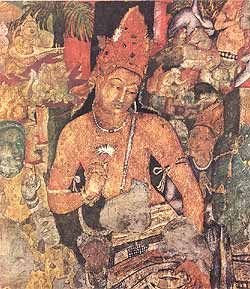
Traditionally Indian art existed only in wall paintings or murals, but today we can see it in canvas, paper, cloth, etc. It is believed that the Indian artists changed the dynamic structure of society, through their creativity and way of thinking- bringing a positive change in the Indian society.
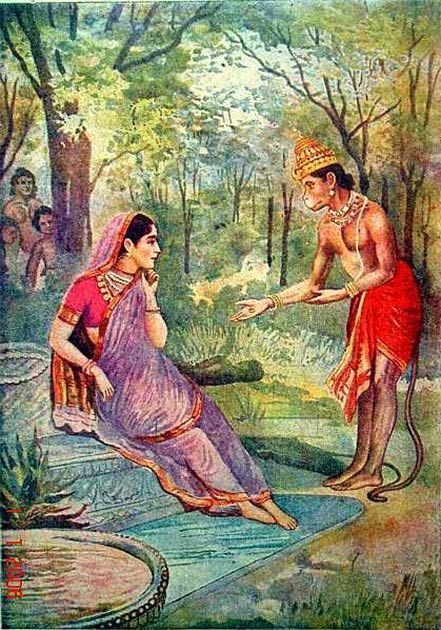
These are some of the most popular Indian folk art painting styles, studied and practiced even today in some parts of the country.
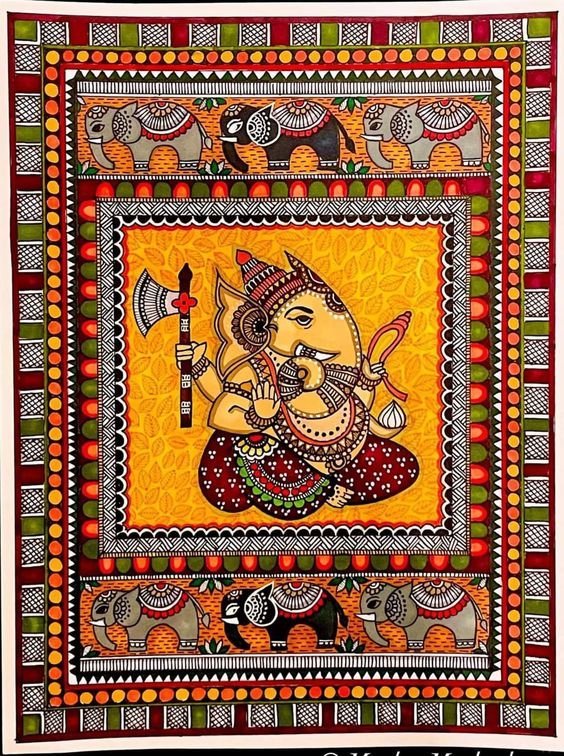
PATTACHITRA: Pattachitra is a Sanskrit word, Patta means cloth and Chitra means picture. It is a spectacular folk art form of Odisha, the art form is related to the cult of Shri Jagannath and temple traditions in Puri originated in the early 12th century. For Pattachitra’s painting, gauze-like fine cotton cloth is coated with white stone powder and gum of tamarind seeds. A floral border is just around the paintings, and so is the use of natural colors. This creates a distinct look and feels that is typical Pattachitra and cannot be replicated.
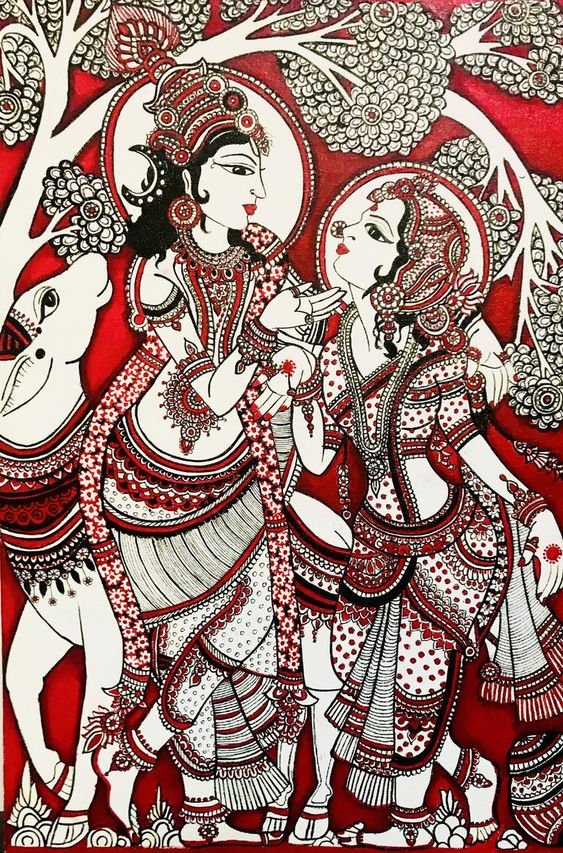
MADHUBANI: This art is also known as Mithila art, originated in the kingdom of Janak in Nepal (present-day Bihar). The art didn’t come in front of the world until the 1930s when it was discovered after an earthquake. The Madhubani painting is done with various tools such as fingers, twigs, brushes, nib pens, and matchsticks and uses natural dyes and pigments. It is characterized by eye-catching geometrical patterns. The painting is mostly associated with nature, scenes from ancient epics, and natural objects like the sun, moon, tulsi, etc. The painting form has now received worldwide attention.
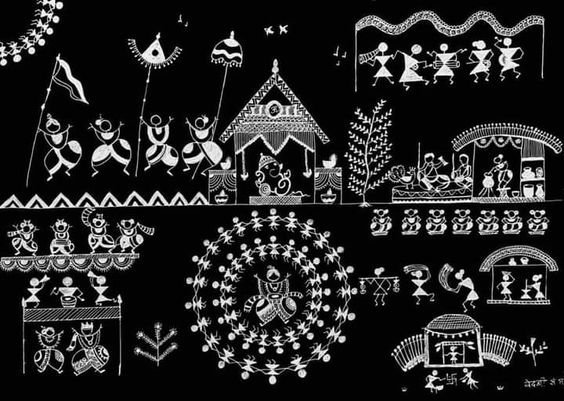
WARLI: Warli folk paintings, a form of prosperous Indian art, date back 2,500 years, originated from Maharashtra. Traditionally made on the walls of village huts. The walls are made up of a mixture of branches and red brick that make a ‘red ochre’ background for the paintings. Only paint with white pigment made from a mixture of rice flour and water. Walls are painted to mark special occasions such as weddings, festivals, or harvests. Warli Painting is traditional knowledge and cultural intellectual property preserved across generations.
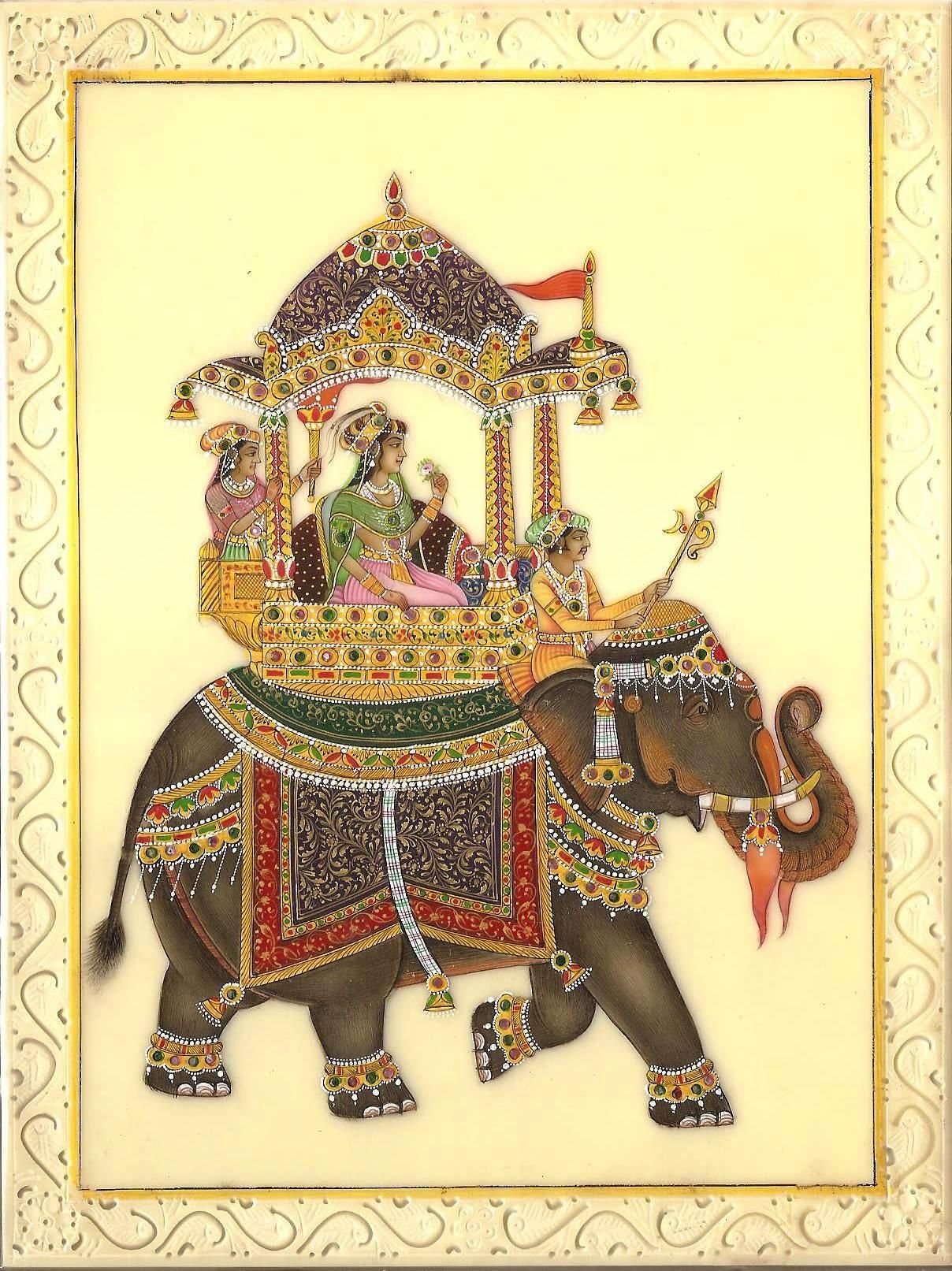
MUGHAL PAINTINGS: The Indian art world was greatly influenced by the Mughal Empire. Mughal paintings were seen on illustrations to book and were done in miniature forms. The paintings had a rich blend of Indian, Persian, and Islamic styles, often revolving around the themes like battles, legendary stories, wildlife, mythology, royal life, etc. These paintings also became an important medium to narrate the tall tales of the Mughal Kings. The painting style evolved a lot under each king’s rule.
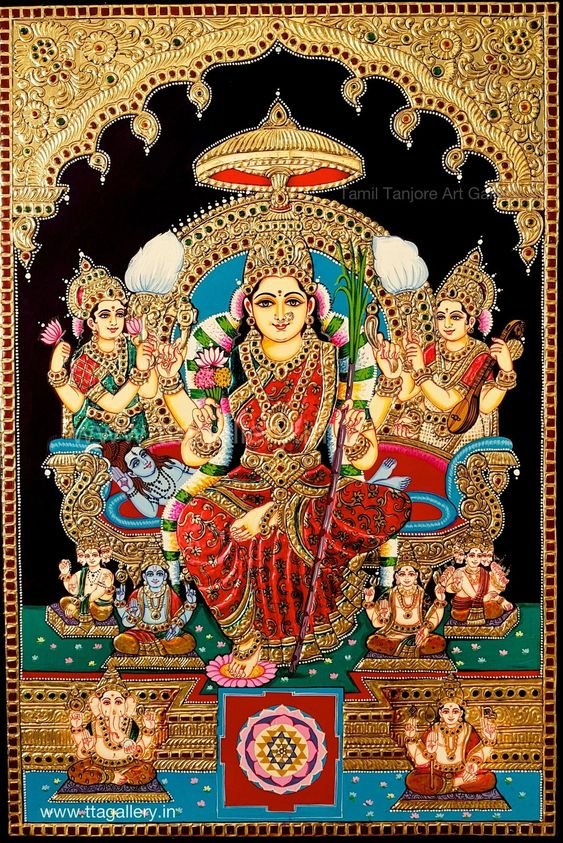
TANJORE PAINTINGS: Tanjore paintings is a classical South Indian art developed in the late 16th century in Tamil Nadu, under Maratha Rulers. Generally, Tanjore painting was made on canvas pasted over a plank of wood with Arabic gum. The artist would evenly coat the canvas with powdered limestone, then drew the detailed outline of the main object. The dense composition, surface richness, vibrant colors, glittering gold foil overlaid, pieces of glass, pearls, and precious gems in Tanjore paintings distinguish them from other types of paintings.
Art forces humans to look beyond reality, flourish imagination, helps to express ourselves in a better way, communicate information, shape our everyday life, and gives us something to look forward to.
